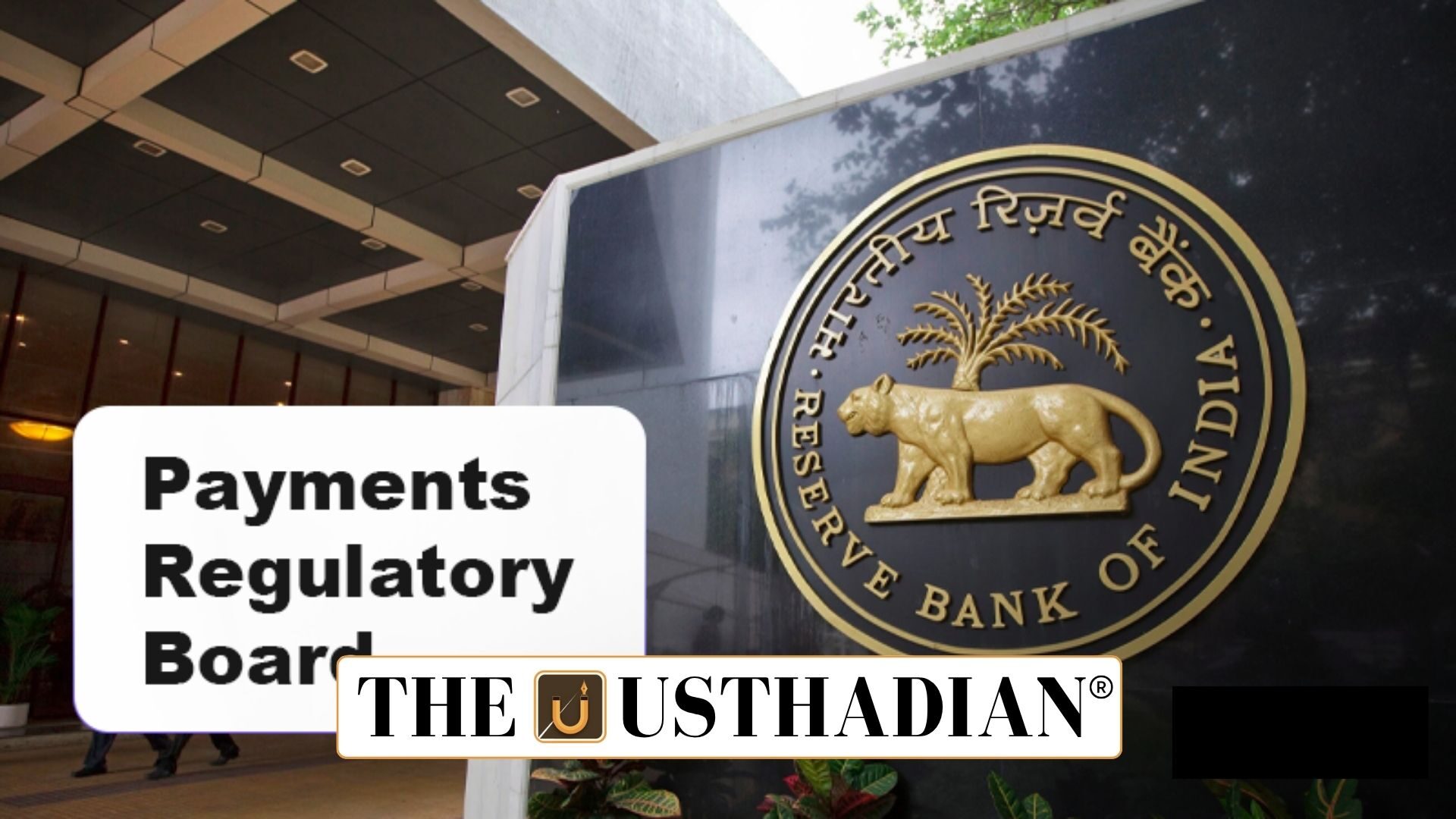New regulatory body
Payments Regulatory Board set up by RBI: The Reserve Bank of India (RBI) has constituted a new Payments Regulatory Board (PRB) under the Payment and Settlement Systems Act, 2007. This six-member board will now be responsible for the regulation and supervision of India’s entire payment ecosystem. It has replaced the earlier Board for Regulation and Supervision of Payment and Settlement Systems (BPSS).
Composition and structure
The PRB will be chaired by the Governor of RBI as an ex officio Chairperson. The Deputy Governor of RBI in charge of payment systems and one officer nominated by the RBI Central Board will serve as ex officio members. In addition, three experts nominated by the central government with specialization in payment systems, IT, cybersecurity, or law will also be members.
The tenure of members is fixed at four years, non-renewable, with the provision for resignation by giving six weeks’ notice. Disqualifications include age above 70 years, insolvency, conviction with imprisonment of 180 days or more, and being an MP or MLA.
Static GK fact: The Governor of RBI acts as ex officio Chairperson in multiple regulatory bodies, including the RBI Central Board and Monetary Policy Committee (MPC).
Role of advisors and invitees
The Principal Legal Adviser of RBI will act as a permanent invitee to the PRB. The board may also invite additional experts—either permanent or ad hoc—to attend meetings and contribute to decision-making.
Meetings and decision making
The PRB will meet at least twice every year. The quorum requires the presence of at least three members, including the Chairperson or the Deputy Governor (in his absence) and a nominated member. Decisions will be taken by majority vote, with the Chairperson (or Deputy Governor in his absence) holding the casting vote in case of a tie.
Static GK Tip: RBI was established in 1935 under the RBI Act, 1934, and nationalized in 1949.
About Payment and Settlement Systems Act 2007
The Payment and Settlement Systems Act, 2007 is the main legislation governing payment infrastructure in India. It designates the RBI as the central authority for regulating clearing, settlement, and electronic transfers such as RTGS and NEFT.
The Act ensures customer protection by preventing unfair charges, ensuring security of transactions, and making intermediaries accountable for delays or errors. It also empowers RBI to issue guidelines for safe and efficient payment systems in India.
Static GK fact: RTGS (Real Time Gross Settlement) was introduced in India in 2004, while NEFT (National Electronic Funds Transfer) was launched in 2005.
Significance of PRB
The creation of the PRB marks a stronger governance framework for India’s rapidly expanding digital payments sector. With growing challenges of cybersecurity, frauds, and new financial technologies, the Board is expected to enhance stability, consumer safety, and innovation in the payment ecosystem.
Static Usthadian Current Affairs Table
Payments Regulatory Board set up by RBI:
| Topic | Detail |
| Body constituted | Payments Regulatory Board (PRB) |
| Constituting authority | Reserve Bank of India |
| Replaces | Board for Regulation and Supervision of Payment and Settlement Systems (BPSS) |
| Members | Six (Governor, Deputy Governor, RBI officer, 3 govt nominees) |
| Tenure | Four years, non-renewable |
| Disqualifications | Age above 70, insolvency, conviction ≥180 days, MPs/MLAs |
| Permanent invitee | Principal Legal Adviser of RBI |
| Quorum for meetings | Three members including Chairperson or Deputy Governor |
| Key Act | Payment and Settlement Systems Act, 2007 |
| Examples of systems covered | RTGS, NEFT |








